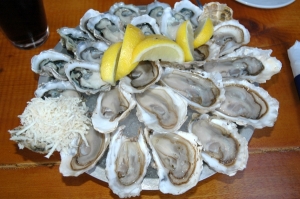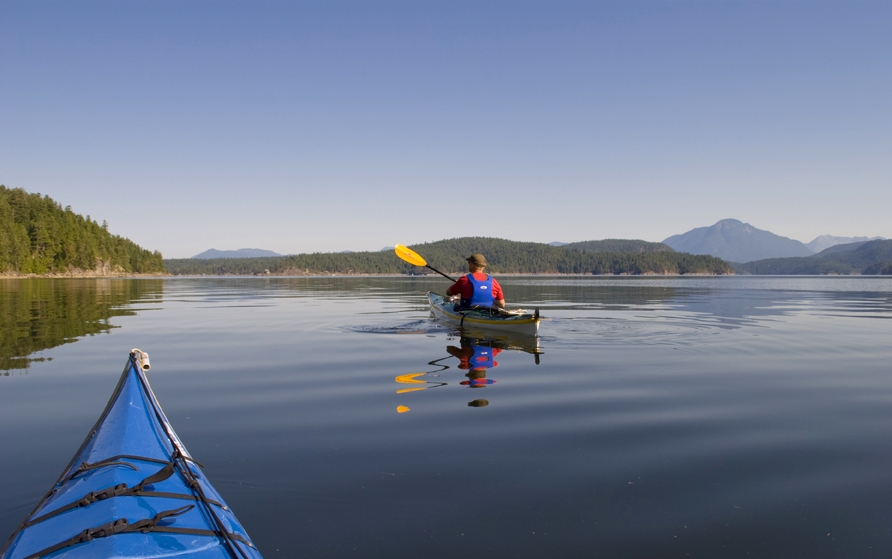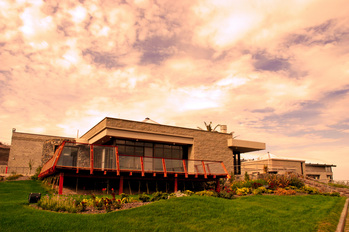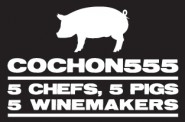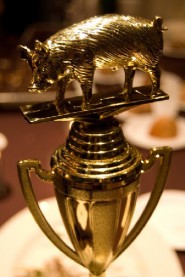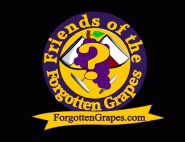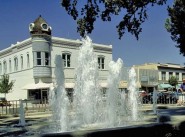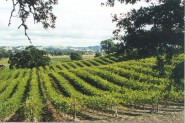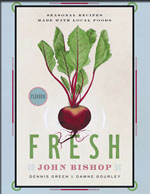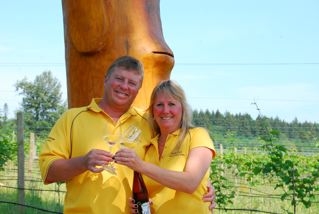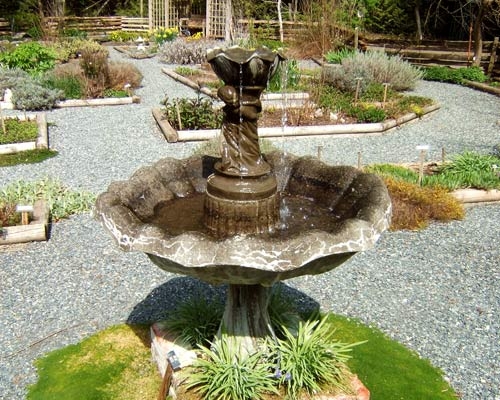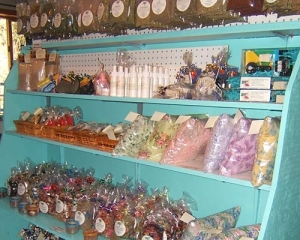Sex Shells: Exposing the Sunshine Coast’s Most Romantic Mollusc
By Darren Robinson
Move over Viagra, there’s a new libido launcher lining the waters of BC’s Sunshine Coast. And the pearl of this love story is the foundation of a new scientific study that intends to prove (or dispel) the ancient myth that oysters can increase human sex drive. Sex sells, and here is not the place to argue the details of the study or its validity and acceptance by the medical world, we just want to know if it’s true. And
according to the study, it is. But millions of grinning people from all around the world that solemnly swear by the steamy power of this slimy sea delicacy have known this for ages.
What we do know is that this study supports a more natural way to kick your love life into high gear; likely with fewer side effects.
So if oysters are in fact a natural aphrodisiac, then BC’s Sunshine Coast may very well become known as the land of getting-it-on. Think about it. All the primary ingredients necessary to elevate your love life are all right here in abundance on the West Coast of Canada. Magical beaches. Check. Captivating sunsets. Check. Solitude and serenity. Check. Beautifully-appointed accommodations. Check. Waterfalls straight out of fairy tales. Double-check. Unspoiled nature. Check. Oysters aplenty. Check and check.
Situated only 40-minutes from Vancouver and less than 90-minutes from Vancouver Island, the Sunshine Coast is made up of charming coastal communities including Gibsons, Sechelt, Pender Harbour Powell River, Lund, Texada Island and Savary Island. All encompassed by pristine waters (fresh and salt), coastal mountains and old-growth forests, the Sunshine Coast draws visitors from around the world
wanting the very best in outdoor adventure, mental and physical rejuvenation, and romance.
The journey starts with the love boat. Not the one with Captain Stubing, Gopher and Isaac, but whichever boat you choose to get yourself, and your loved one here.
BC Ferries operates regular sailings year round, or perhaps a romantic private charter is more what the love doctor ordered. No better way to impress your date than by showing up to his/her door in a private boat. Check.
If your love happens to get sea sick easily, no need to surrender the night, there are available alternatives. Pacific Coastal Air will deliver you to Powell River from Vancouver in less than 30 minutes. Of course, there are also float planes that would happily fly you into any of the many surrounding area lakes in premiere fashion.
Once on the Sunshine Coast, the oysters take centre stage.
In Gibsons, on the southern end of the Sunshine Coast, Smitty’s Oyster House will prepare an oyster feast sure to get any mojo working quickly. The restaurant prides itself on enticing all of the senses of those who enter its doors. Shell-shocked lovers can be caught savouring a bevy of local shellfish, including Jervis Inlet oysters, Salt Spring Island mussels, and Savary Island clams both indoors and from the patio with a backdrop of glistening water and towering coastal peaks. The oysters are starting to kick in.
-

- Sunrise image – Thors Cove Cottage www.thorscovecottage.com
For a gastronomic oyster overload on the upper Sunshine Coast, The Laughing Oyster’s David Bowes prepares innovative and creative seafood dishes while guests delight in panoramic views of Okeover Inlet, the welcome gate to Desolation Sound Marine Park. Gunpowder Prawns, Wild Salmon and Spinach Crepes, and oysters anyway you like them round out a seafood menu of the Gods. On many nights the
romance is further enhanced with live music, sometimes straight from the guitar-wielding hands of the Executive Chef. By now, your senses are likely overwhelmed in a state of oyster-induced bliss.
If the “shaping clay” scene of Ghost infamy is a fantasy of yours, then Thors Cove Cottage should be next on the date list. A water taxi will bring you to the cottage’s shores in Lancelot Inlet for an oyster experience unlike any other. Delight in an escorted tour of their oyster farm, where you will learn about seven species of oysters, clams and mussels cultivated on approximately forty shellfish farms in the inlet
complex. The tour appropriately ends with a seafood feast that includes Oysters Grilled in Salsa with Jalapeno Cheese, Locally Smoked Oyster Pâté, Oyster Seviche, Oyster Baguette, Grilled Oysters with Pesto, and Oven Baked Parmesan Oysters. You’ll be asking for your room key before you can say Oysters Rockefeller.
Romance is in the salty-air. If you yearn for a more natural approach to sexual therapy, you might want to consider the Sunshine Coast in lieu of filling your next prescription of the little blue pill at your localpharmacy.
www.discoverpowellriver.com * www.sunshinecoastcanada.com
Darren Robinson is a freelance writer and professional photographer from Powell River, on BC’s Sunshine Coast. He can also be found some afternoons at Powell River Tourism. His images can always be found at www.darrenrobinsonphotography.com.


